Introduction
Building a high-quality mobile app requires careful planning and attention to detail. To help you ensure your app meets the highest standards, we’ve compiled a comprehensive checklist of essential elements. From platform selection to user support, data protection to multi-language compatibility, and minimizing external dependencies, this checklist will guide you towards developing a top-notch mobile app.
Right Platform Selection
Choosing the right platform is crucial for the success of your mobile app. Evaluate your target audience, market trends, and business goals to determine whether you should develop for iOS, Android, or both. Consider factors such as user base, device fragmentation, development cost, and revenue potential to make an informed decision. Analyze the technical requirements of your app and assess the platform’s capabilities, such as native development frameworks, APIs, and tools available. Additionally, consider the platform-specific design guidelines to ensure your app provides a seamless and optimized user experience on the chosen platform.
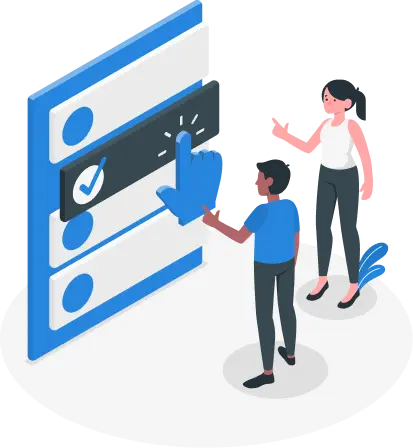
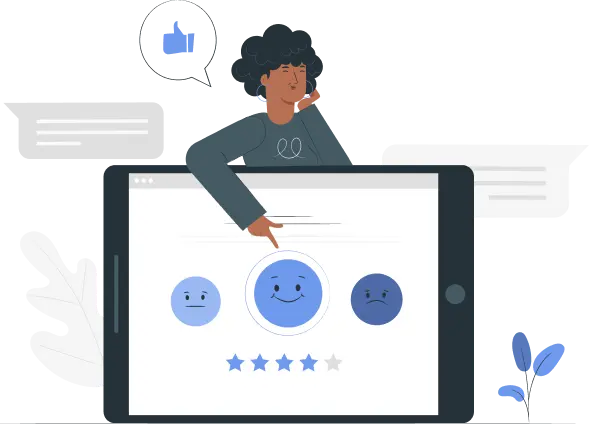
User Experience
A seamless and enjoyable user experience is paramount for mobile app success. Pay attention to intuitive navigation, visually appealing design, and smooth interactions. Optimize loading times by implementing efficient data fetching strategies, and caching mechanisms, and minimizing network requests. Design responsive layouts that adapt to various screen sizes and orientations. Conduct thorough usability testing on different devices and operating system versions to identify and address any performance bottlenecks, UI inconsistencies, or accessibility issues.
Strong Data Protection
In an era of growing privacy concerns, data protection is a critical aspect of any mobile app. Implement robust security measures to safeguard user data, including encryption algorithms for data transmission and storage, secure authentication mechanisms like OAuth or biometrics, and secure data storage using encryption or tokenization. Comply with relevant data protection regulations such as GDPR or CCPA, and be transparent with users about your data handling practices by providing a detailed privacy policy within the app.
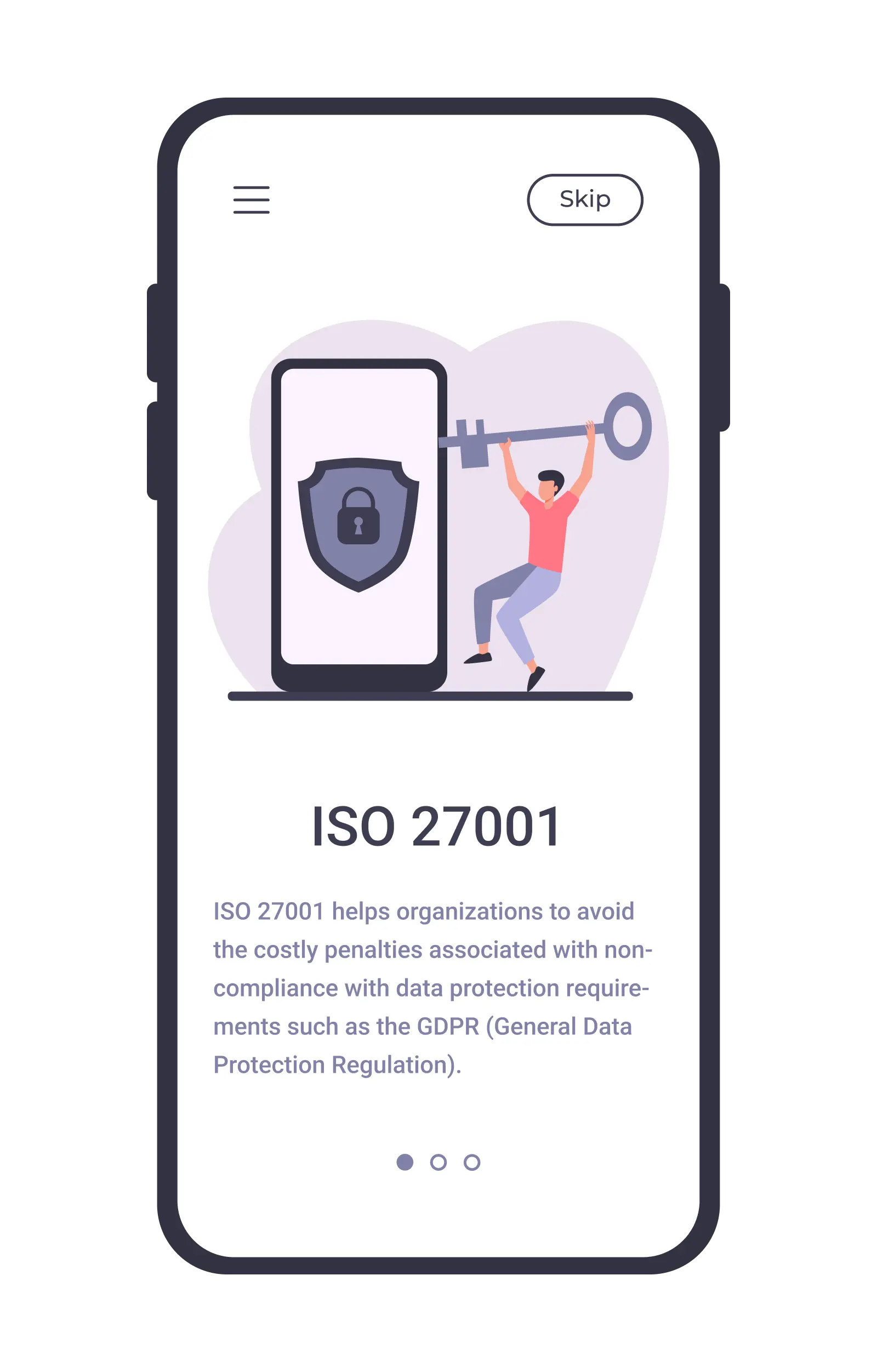

Multi-language Compatibility
To reach a global audience, consider making your app multi-language compatible. Provide translations and localization for key languages spoken in your target markets. Ensure that the app’s interface, content, and user communication can adapt to different languages and cultural preferences. Implement internationalization techniques such as string externalization, dynamic content loading based on locale, and proper handling of date, time, and number formats. Collaborate with professional translators and localization experts to maintain linguistic accuracy, cultural sensitivity, and proper context.
Excellent User Support
Prompt and reliable user support is a hallmark of top-notch mobile apps. Provide multiple channels for users to seek assistance, such as in-app chat support, email, or a dedicated support portal. Implement robust crash reporting and error logging mechanisms to proactively identify and resolve issues. Monitor user feedback and app performance metrics to identify areas for improvement. Incorporate user feedback into your app updates, demonstrating a commitment to addressing user concerns and continuously enhancing the user experience.
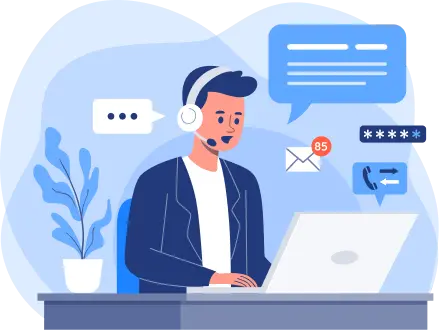
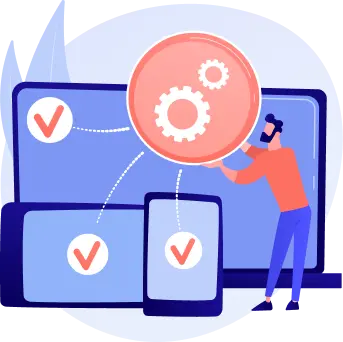
Less Dependence on External Libraries
While external libraries can offer time-saving functionality, excessive reliance on them can introduce potential risks and dependencies. Carefully evaluate and limit the use of external libraries to only those that are essential for your app’s functionality. Regularly update and monitor the libraries used, ensuring they align with your security and compatibility requirements. Minimize the number of third-party SDKs and libraries to reduce app size, decrease integration complexity, and mitigate the risk of compatibility issues or vulnerabilities arising from outdated dependencies.
Conclusion
Developing a top-notch mobile app involves meticulous attention to technical details across various aspects. By considering the technical aspects of platform selection, user experience, data protection, multi-language compatibility, user support, and reducing dependence on external libraries, you can create an exceptional mobile app that meets user expectations and adheres to industry standards and best practices. Remember to continuously iterate and improve your app based on user feedback, technological advancements, and emerging trends in the mobile app development landscape.